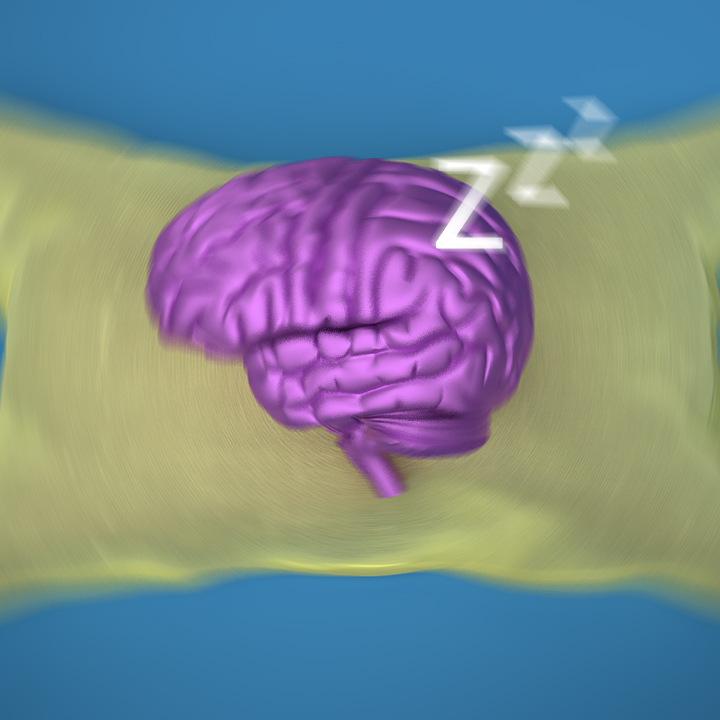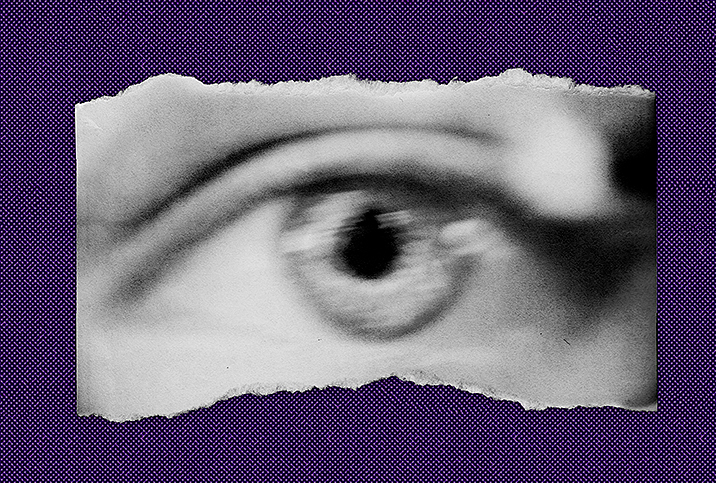Coping With the Hyperarousal Symptoms of PTSD

Trauma affects people in various ways, and each experience and response is absolutely valid.
Post-traumatic stress disorder (PTSD) was not made a formal diagnosis until 1980, and even after that, it was primarily viewed as an affliction mainly affecting combat veterans. The ambiguity and stigma around mental illness have been with us for centuries, which has effectively stymied the progress of treatment. However, in recent decades, PTSD has been elevated to an important area of research.
Post-traumatic stress disorder is defined by the American Psychiatric Association as a psychiatric disorder that may occur in people who have experienced or witnessed a traumatic event.
Shenique Hutchinson, a board-certified PMHNP, explained, "The experience may result in long-lasting effects where the individual avoids provocation associated with the trauma. This can also be accompanied by an increase in arousal, where the individual's body goes into fight-or-flight mode even though danger may not be present."
How PTSD manifests and is diagnosed
PTSD is a clinical condition that requires diagnosis, but the absence of one doesn't make the symptoms any less real.
Although not having an official diagnosis, Amber, a Black woman living in California, believes her PTSD is rooted in having two traumatic birth experiences. One of her children was born choking on amniotic fluid and required immediate NICU care, and her other baby was presented with shoulder dystocia, causing a traumatic physical experience of having the baby removed. Symptoms she's noticed include being startled by her husband's intimate touch and an instance when "a guy walked up to my car to tell me that my dress was hanging out and I screamed bloody murder."
Amber said it was not until her friend shared stories about having PTSD after a traumatic birth event that she considered her own symptoms. Her own birthing experience involved sudden procedures and was almost fatal, leaving her traumatized and experiencing hyperarousal symptoms for years afterward.
Patients may feel like the traumatic event is recurring, and this constant bombardment of feelings can often lead to social isolation, social anxiety and agoraphobia.
Hutchinson said PTSD can manifest as, "Difficulty falling or staying asleep, nocturnal enuresis (otherwise known as bedwetting), irritability or outbursts of anger, being easily startled, and experiencing nightmares, hypervigilance and flashbacks."
She added patients may feel like the traumatic event is recurring, and this constant bombardment of feelings can often lead to social isolation, social anxiety and agoraphobia.
Clinicians and therapists use the Diagnostic and Statistical Manual of Mental Disorders, Fifth Edition (DSM-5), as a guide to diagnosing PTSD because the condition can easily be confused with acute stress disorder and adjustment disorder. Hutchinson explained that according to the DSM-5, "The traumatic event is persistently relived either through flashbacks, dreams that cause anguish, intrusive thoughts and images. Two or more increased arousal symptoms are usual." A person with PTSD typically experiences symptoms within three months of their trauma, but it can take longer—even years, in some cases.
There is often evidence of distress and impairment of daily life activities, and three or more avoidance symptoms. The duration of any or all of these symptoms is key for accurate diagnosis.
Examining hyperarousal symptoms
PTSD is made up of four symptom clusters, according to the DSM-5. These clusters are hyperarousal, persistent re-experiencing of the trauma, avoidance of trauma-related stimuli, and negative alterations in cognitions and mood. In layman's terms, hyperarousal is when a person's fight-or-flight response is perpetually engaged.
"Hyperarousal symptoms often manifest as palpitations, tremors, hyperventilating, loud outbursts, the inability to move or talk, insomnia, abnormal body movements and other somatic symptoms," Hutchinson said.
Treating symptoms associated with PTSD is a complex process without a one-size-fits-all remedy. Treatment takes an individualized approach that involves clinicians treating the symptoms of PTSD in conjunction with therapy.
Pharmacologic management may include selective serotonin reuptake inhibitors (SSRIs), tricyclic antidepressants (TCAs) and alpha blockers. Non-pharmacological management includes eye movement desensitization and reprocessing (EMDR), cognitive behavioral therapy (CBT) and even relaxation therapies, such as mindfulness and grounding practices, meditation and yoga.
Some practitioners recommend exposure and response prevention (ERP)—where a patient is brought into direct exposure with their stress source or environment, but always in a safe place so fears can be faced without the related trauma—and supportive group therapy.
Managing hyperarousal
The biggest challenge after a PTSD diagnosis is learning how to cope and manage everyday life. This is extremely difficult with hyperarousal symptoms that are set off easily.
"The ways of coping are, again, individualized, and it is dependent on the individual's culture, environmental factors, gender and religion," Hutchinson explained. "It can also be information shared from someone else's past experience coping with trauma. It is a process that is often hindered by patients not seeking help or diagnosis out of fear or shame of sharing and reliving the traumatic experience."
As with all mental illnesses, PTSD is complex and challenging. One of the biggest hurdles is overcoming the stigma associated with mental illness, and hyperarousal symptoms add another layer of challenges to patients.
Healthy ways to approach PTSD include seeking counseling from a mental health counselor or clinician, joining a support group, reading everything you can find on the subject to educate yourself, meeting people with the same issues on social media, and volunteering and being an advocate for persons affected by similar trauma. If you think you're struggling with PTSD, schedule an appointment with a psychiatrist or otherwise licensed clinician to receive a diagnosis.




















